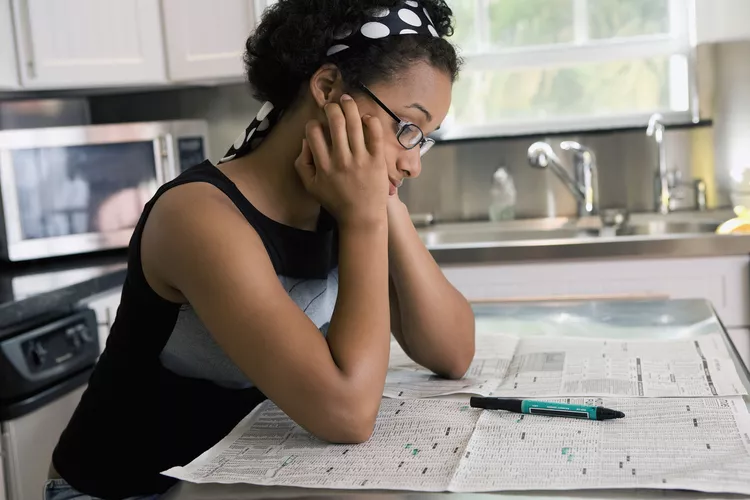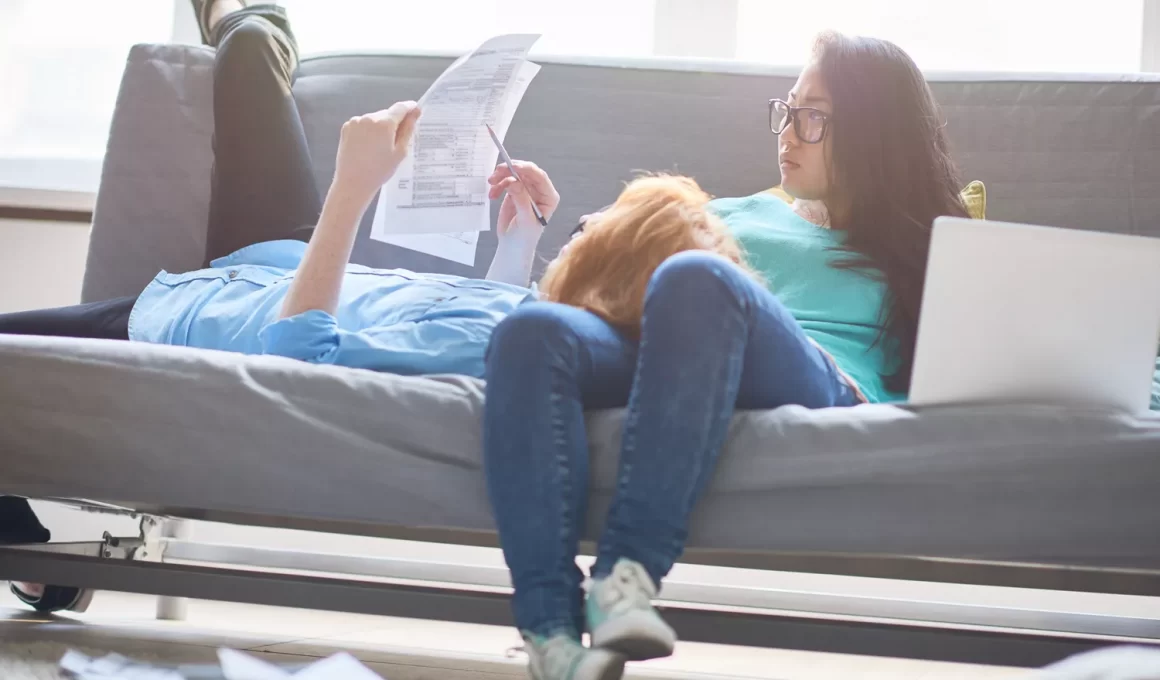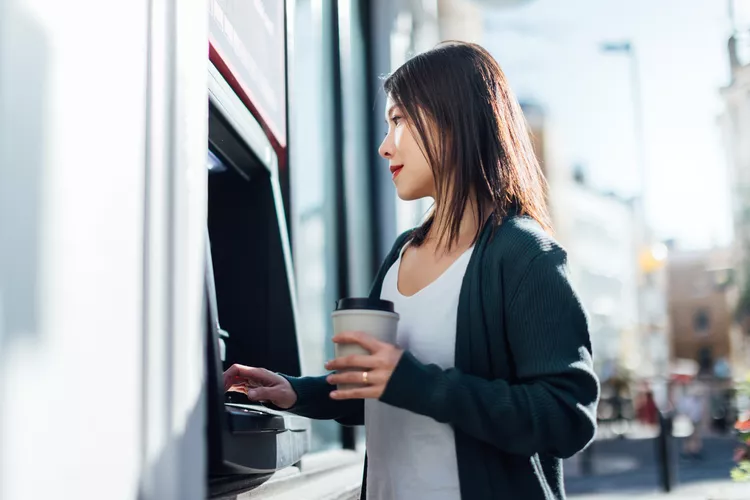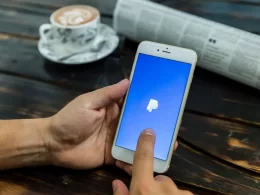
When you check your account status, you may find that there are several balances including an “available” one. The amounts of the balances can vary. Sometimes, your available funds are less than the actual balance of your account.
You can use your available funds
You can think of it as the “funds available to withdraw.” It is the amount of money that you can withdraw. The money can be used in many ways.
- This amount can be withdrawn in cash at any ATM or bank teller. If you are a member of a credit cooperative that is part of Shared Branching, you can withdraw cash from other credit unions across the country.
Note:
Shared Branching, a network of more than 5,000 credit unions that allows members to conduct banking transactions at any participating credit union.
- Your debit card can be used to make purchases. You can only use your card if there are funds in your checking account. You can swipe or insert your card into a reader or use it to make online purchases.
- Checks can also be funded by your checking account. Even if you are told by your bank that you still have the money, you should assume it is no longer there as soon as you send a check. The transaction may not appear on your account for several days, or even longer if the payee does not deposit the check. This money is not “available” until the check has been deposited. You should be aware of this. You can balance your account easily if you keep a checkbook or use.
- You can use your available funds to pay online bills, regardless of whether you initiate the payment through your bank or if your biller requests the money from your bank. Keep enough cash on hand to cover your bills if they automatically withdraw money from your account.
Not yet Available Funds
You may see a balance available that is less than the account balance. In this situation, you can only use your available balance or less if there are outstanding check. Your bank will hold the rest of your money.
It can happen for two main reasons.
- You have made deposits, but they are not yet cleared and credited to your bank account.
- Your account has pending withdrawals and authorizations.
Deposits not Credited
You may not be able to withdraw the funds immediately after depositing checks in your account. The bank doesn’t know if the payment is genuine, and it takes several days for the money to be transferred from the payee to your account.
Some banks will let you withdraw up to $200 the next day. This is especially true if you have a long-standing account and don’t have a history of bad checks. Some banks will release funds more quickly for government-issued checks, like tax refunds. However, personal checks, checks from abroad, and other checks are considered riskier and take longer
Note:
In some cases, banks will hold cashier’s checks up to a few days longer.
These holds may be annoying, but they can protect you. If the check bounces, you’re responsible for all funds spent. If you spend money from a bad cheque, you’ll need to pay your bank fees and replace the money that was in your account.
If the bank does not give you immediate access to the money, it gives them a chance for the bank to verify that the check is valid.
Note:
If you are unsure about a check even if the bank has not placed a hold, wait a little while before spending it.
Withdrawals and authorizations pending
You may not have access to funds if the bank has already paid for the money through the online billing service. When you swipe your debit cards, the same thing happens. This money is usually deducted immediately from your account.
It’s especially problematic when merchants charge you more than you intend to spend. This is most common at gas stations and rental car agencies. Some places will authorize $100 or even more each time you swipe your credit card. This money can then be held for up to a week.
Note:
Even if you don’t have the money to spend immediately, it’s useful to know what’s available once all those holds are removed.
Other Balances
In addition to the available balance, you may also see an “account-balance” or “running-balance” on your account. These balances include your entire money, including both available funds and funds held.
If you want to check your bank’s calculations, you can always balance your own account. This is a great way to keep track of your spending, and to catch any issues with identity theft before they become a problem.
Note:
Federal law provides protection against errors and identity fraud, but it is important to act fast to receive the full benefits.
How to avoid cash crunches
Direct deposit is a quick way to get your money. If possible, sign up for Electronic Payments so that the money is transferred directly from your employer to your bank account. If you receive your check via mail, it will be quicker to deposit.
Note:
Some banks allow you to receive the money on your account even before the check is printed.
Keep a cushion on your account to protect yourself from delays and unexpected costs. If you don’t receive a payment when you expect it to or at all, a small cash cushion can prevent problems.
If you don’t have a buffer to fall back on, consider overdraft protection. But only sign up for it if you plan to use it. Don’t pay the fees every time you need one. If possible, use a less expensive line of credit.
FAQs (Frequently Asked Questions)
How can I check the balance of my bank account online?
You can check your balance quickly on your mobile phone with mobile applications. App layouts differ. Look for the “accounts tab” if the balances of your accounts don’t appear immediately after you open the app. This could give you more information. You can also visit the website of your bank to find “accounts”.
What happens if my account is closed with a negative balance
If you still owe money, a bank will probably not let you close your accounts. The bank can deny your request for account closure until you pay off the debt.











